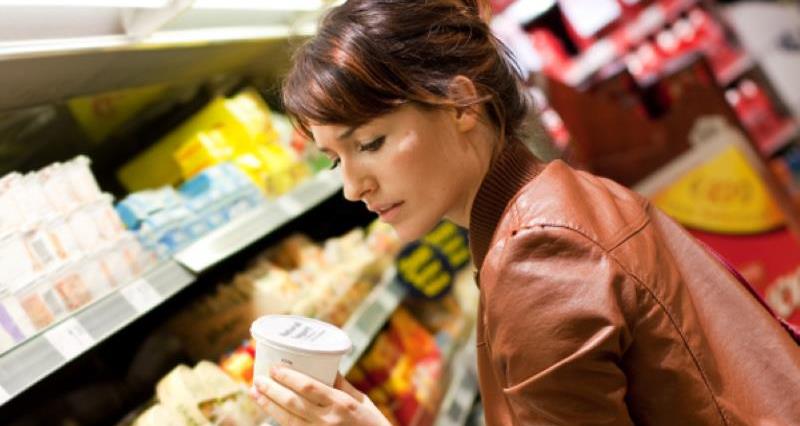During the coronavirus lockdown, organic products sold through retail outlets grew by 18.7%, outperforming the growth of non-organic products, which grew by 14.2% (12 week period to the end of May 2020).
Although we must take into account that the growth in organics is from a smaller base than non-organic products, this is a positive boost to organic retail sales.
Over the past nine years organic sales have been growing year on year and, in 2019, sales were up by 4.5%, however overall supermarket sales had slowed. Retailers are the biggest outlet for organic products with 65% share of the market, this is followed by independent retailers (17%), home delivery (15%) and food service (4%).
The most popular organic products are staples, which include milk, tea, carrots, bananas, eggs and yoghurts. During lockdown most agri food products did well, with the fastest growing items including, organic wine, eggs, poultry, beef and vegetables. The one product that didn’t perform so well was organic milk, which was thought to be as a result of changing ranges to aid getting product on shelf.
Retail data shows that more shoppers are buying in to the organic category and market penetration (number of shoppers) has increased by 5% in the past 5 years to 85.6%. Organic products do particularly well online and since the pandemic the market share of online shopping has rocketed to 13%, this is up from 7.4% pre-covid. Even though the restrictions have eased, more than one in five households still made an online order in July (Kantar Worldpanel, 2020). Ocado is the biggest seller of organic products and as of the 1 September has partnered with M&S. M&S has already announced that it will be increasing its offer to include more organic products.
While we must not forget that some sectors, such as the food service, have struggled in the pandemic, the boost in sales in other channels puts UK organic sales to grow beyond its £2.5 billion target by the end of 2020.
Data source: Soil Association 2019/2020
You might also be interested in:
- What is the role of GSCOP Code Compliance Officers?
- Discounted virtual GSCOP training for NFU members
More from NFUonline:

